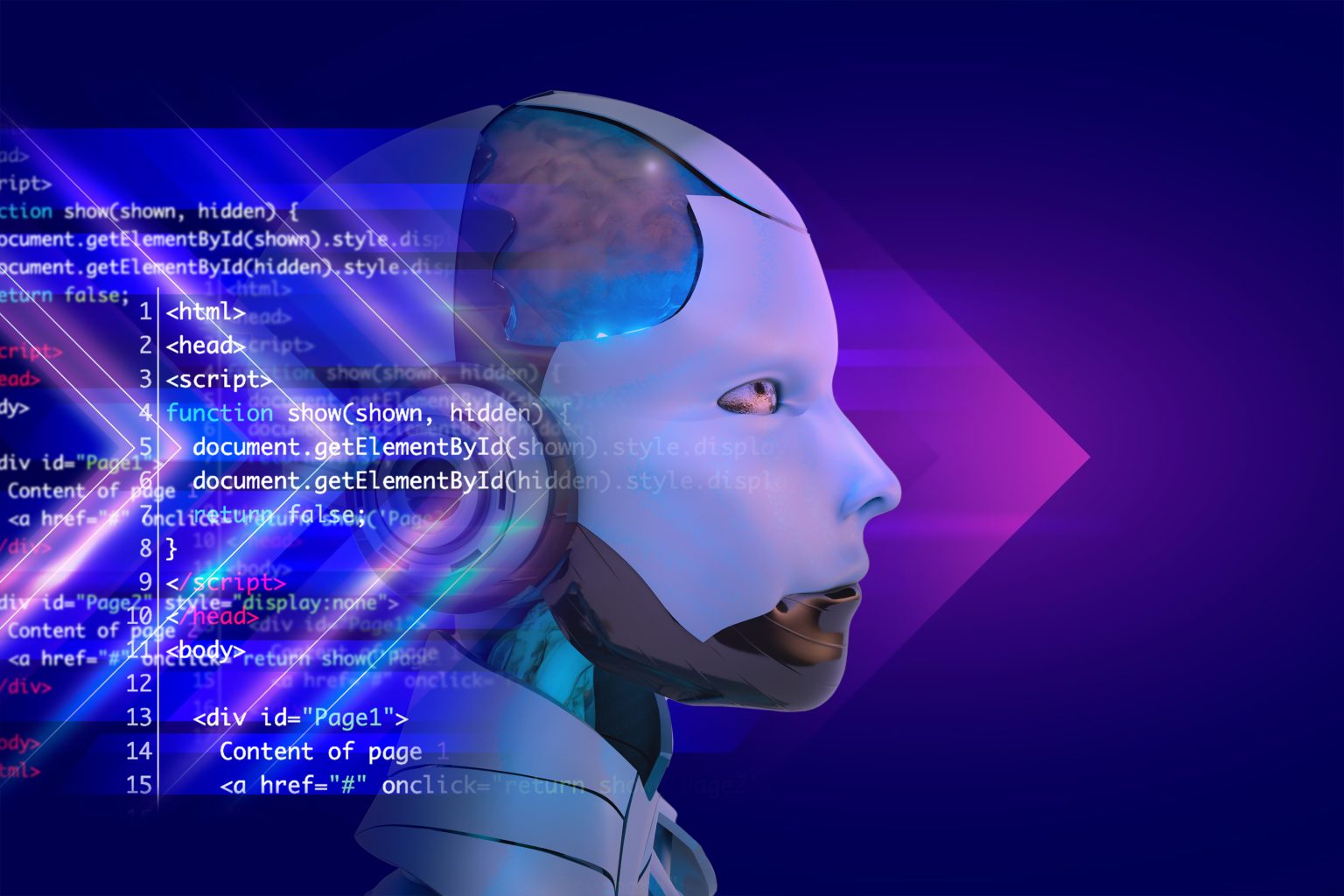What is AI.
When you hear the term artificial intelligence (AI), you might think of self-driving cars, robots, or AI chatbots like ChatGPT, as well as artificially created images. However, it’s important to understand the inner workings of this innovative technology and its impact on both present and future generations.
AI is not a new concept and has been around since the 1950s, when it was coined as a machine’s ability to perform tasks that required human intelligence. As research and technology advanced, this broad definition has been refined.
If you are considering assigning intelligence to a machine, it is essential to first define the meaning of intelligence to determine if an artificial system truly deserves the title.
Intelligence is a unique quality that separates humans from other living beings and plays a crucial role in our experiences. Experts define intelligence as the ability to adapt, overcome challenges, plan, improvise, and acquire new knowledge.
Given the significance of intelligence in shaping our lives, it’s not surprising that scientists aim to simulate it artificially. At present, modern AI systems exhibit traits found in human intelligence, such as learning, problem-solving, perception, and even a limited degree of creativity and social intelligence.
Here are the basic terms you’ll find in any discussion of AI.
Neural network
Discovering the inner workings of the brain and copying it into software has been a dream since the 1960s. It wasn’t until recently, however, that the processing power needed was available. Graphic Processing Units (GPUs) made it possible to create artificially intelligent neural networks that function similarly to those in our brains. These networks are essentially made up of dots and lines, with dots representing data and lines representing statistical relationships between them. The resulting system, known as a model, can process inputs quickly and produce outputs, just like our brains.
Model
The “model” in AI and machine learning is a set of code that receives inputs and produces outputs. This language is similar to the terminology used in statistical modeling or systems that simulate natural processes. Models can refer to complete AI systems like ChatGPT or any other machine learning construct, regardless of their function or output. Models vary in size, which affects both the amount of storage space they require and the computational power necessary to run them. These factors depend on the model’s training.
Training
Creating an AI model involves exposing neural networks to a dataset filled with information. During this phase, the networks develop a statistical representation of the data. This training process can take weeks or months, depending on the amount of information available and the complexity of the neural networks. High-powered computers are necessary for this task. Despite the training process being computation-intensive, the resulting AI model is much smaller and less demanding when in use. This phase is called inference.
Inference
Inference is when a model uses available data to predict the next outcome. Although it’s not traditional reasoning, it statistically connects the dots and produces outcomes. For example, if given the words “red, orange, yellow,” it will infer the next item based on the list of colors it has ingested. Inference is less computationally expensive than training and can run on devices as simple as a smartphone. However, bigger models still require supercomputers and GPUs to perform. Think of it as flipping through a card catalog rather than creating it.
Generative AI
If you’ve heard the buzz surrounding generative AI but aren’t sure what it means, here’s the scoop: this type of AI produces entirely new outputs, such as text or images. While some AIs might summarize or reorganize existing information, generative AI actually creates something from scratch. That being said, it’s important to keep in mind that just because an AI produced something doesn’t necessarily mean it’s accurate or reflective of reality. However, these AI models can be used to generate captivating stories or stunning artwork that didn’t exist before.
Top players in AI
OpenAI

Get to know the household name in AI – OpenAI. Originally founded as a research organization with intentions of sharing results openly, it has since restructured as a for-profit company providing access to their cutting-edge language models such as ChatGPT through APIs and apps. Led by technotopian billionaire, Sam Altman, OpenAI remains at the forefront of LLMs while also exploring other areas of research. However, even Altman recognizes the potential risks of AI. Stay updated with OpenAI and their developments in the AI world.
Microsoft
Microsoft has been actively involved in AI research, but has struggled to make major products out of its experiments. An important investment in OpenAI has proved to be a smart move, as it brought an exclusive long-term partnership with the company that now powers Bing’s conversational agent. Although Microsoft’s contributions to AI research are smaller, the company has a strong research presence.

Google may be a leader in innovation, but they fell behind on AI despite their researchers inventing the transformative technique which paved the way for today’s explosion of AI. However, they are now making significant efforts to catch up, focusing on LLMs and other agents. In the past, Google invested heavily in the outdated concept of “virtual assistant” AI, but has since realigned its priorities. CEO Sundar Pichai has made it clear that Google is committed to AI advancements in search and productivity.
Latest stories in AI
How to use OpenAI as your Voice Assistant
Do you want to replace Siri with OpenAI? Learn how to set up your iPhone with ChatGTP-like features and find out why using OpenAI is a great alternative.
Learn AI Voice Chat on Bing Desktop
Microsoft Bing (commonly known as Bing) is a web search engine owned and operated by Microsoft. The service has its origins in Microsoft’s previous search engines: MSN Search, Windows Live Search and later Live Search. Bing provides a variety of search services, including web, video, image and map search products. It is developed using ASP.NET.
10 Futuristic Technologies that will Shape the Future
In the last few decades, technology has been ever-evolving and there seems to be no end to it. Every day, tech companies release new and exciting products that leave us raving for more. Today, we are going to take a look at ten of the most exciting and futuristic technologies that will take our world by storm in the years to come. From self-driving cars to smart homes, from augmented reality to bioprinting, these groundbreaking technologies hold immense potential to shape our future for the better. Here are the top 10 technologies that we shape our future.
Exploring the features of Apple’s Vision Pro
Introducing Apple’s Vision Pro: A Revolution in Spatial ComputingStep into the future with Apple’s Vision Pro, a groundbreaking 3D camera integrated into a sleek, compact keyboard that brings the world of spatial computing right to your fingertips. Designed for everyone to enjoy, Vision Pro promises immersive experiences like never before, transforming the way you interact with your digital environment.
Rear more Latest AI blogs

